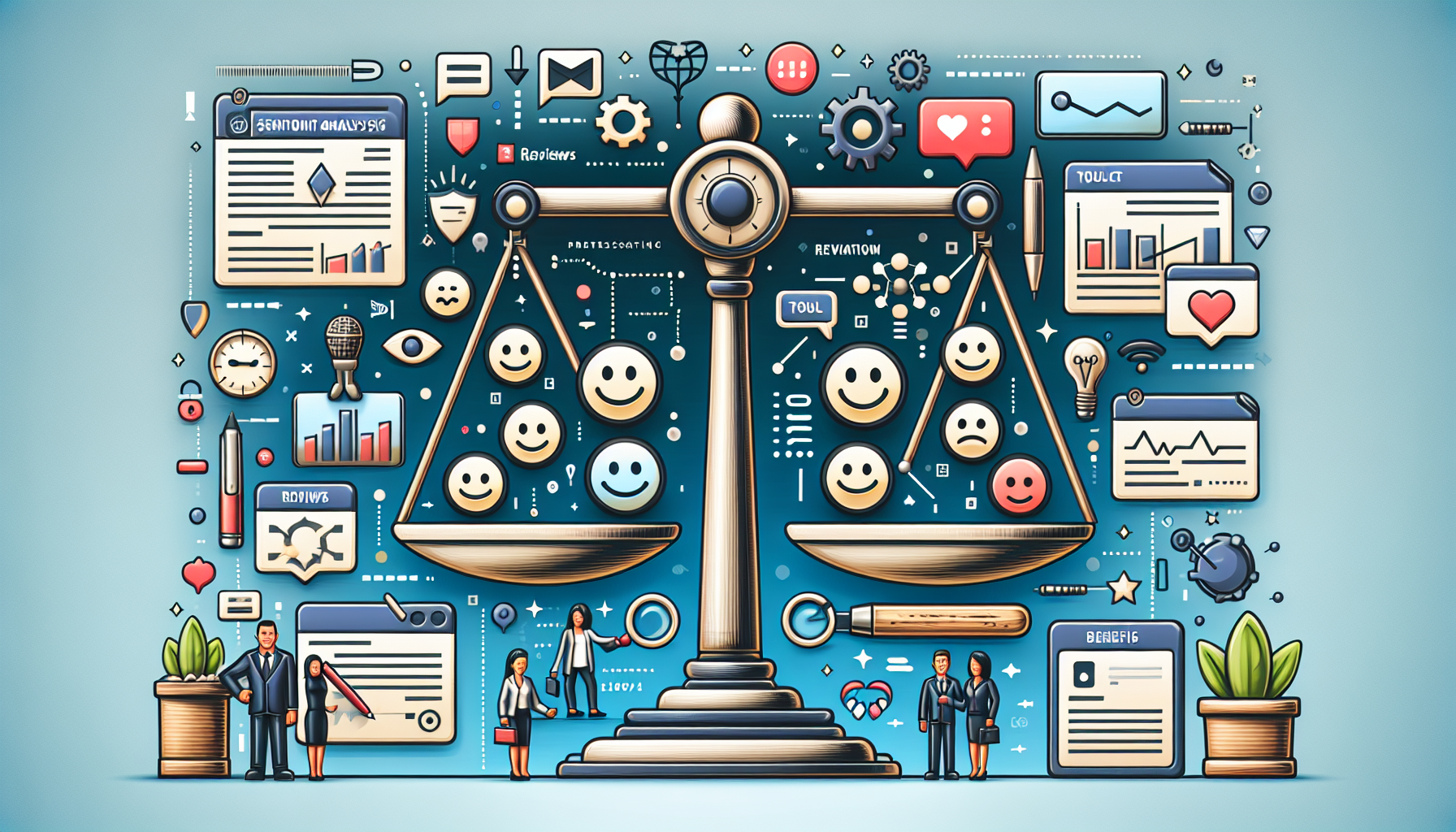Customer Sentiment Analysis: Definition, Tools, Benefits- 2025
Definition
Customer sentiment analysis, also known as opinion mining or emotion AI, is the process of using artificial intelligence and data processing techniques to evaluate and interpret how customers feel about a brand, product, or service. It transforms subjective feedback from sources like reviews, social media, support tickets, and surveys into structured, actionable insights by classifying the underlying sentiment as positive, negative, or neutral.
At its core, sentiment analysis enables companies to:
- Gauge customer satisfaction
- Detect pain points
- Monitor brand reputation
- Make data-driven decisions to improve customer experience and loyalty
Sentiment analysis leverages advanced technologies such as natural language processing (NLP), machine learning (ML), and sometimes natural language understanding (NLU) to automatically analyze large volumes of textual and even audio data. It identifies not just the overall sentiment but, in more sophisticated applications, can detect specific emotions, urgency, and sentiment linked to particular product features (aspect-based sentiment analysis).
Tools (2025)
A wide range of sentiment analysis tools are available in 2025, varying from simple keyword-based platforms to advanced AI solutions. The most common types include:
AI-Powered Platforms
These tools use machine learning and NLP to provide real-time sentiment scoring and can process large datasets across multiple channels (e.g., reviews, social, support tickets).
Aspect-Based Analysis Tools
These go beyond overall sentiment to detect how customers feel about specific features or aspects of a product.
Voice of Customer (VoC) Solutions
Integrate sentiment analysis into comprehensive customer feedback programs to enhance metrics like NPS or CSAT.
Popular sentiment analysis tools in 2025 include:
- Sprout Social
- Brandwatch
- Lexalytics
- MonkeyLearn
- Kapiche
- Sentisum
Benefits
The major benefits of customer sentiment analysis in 2025 include:
- Scalability: Analyze vast amounts of unstructured feedback efficiently, without manual effort.
- Early problem detection: Identify negative sentiment and emerging issues before they escalate into crises.
- Actionable insights: Transform subjective opinions into clear data that guides improvements in product development, customer service, and marketing.
- Personalization: Tailor responses and product offerings based on nuanced understanding of customer emotions and needs.
- Competitive advantage: Stay ahead by quickly adapting to shifts in customer mood and market trends.
By leveraging modern sentiment analysis tools, businesses in 2025 can better understand public perception, proactively address challenges, and continuously refine their customer experience strategies. This is especially important in today's digital landscape, where 12 Emerging AI Trends in Customer Service - 2025 AI Statistics are transforming the way companies interact with their customers.
By incorporating customer sentiment analysis into their strategy, businesses can create a more agentic AI approach, where AI is used to augment and support human decision-making, rather than replace it. This can lead to more accurate and effective insights, as well as a better understanding of customer needs and emotions.
In conclusion, customer sentiment analysis is a powerful tool for businesses looking to gain a competitive edge in 2025. By leveraging advanced AI technologies and integrating sentiment analysis into their customer feedback programs, companies can create a more customer-centric approach that drives loyalty, satisfaction, and ultimately, revenue growth.

